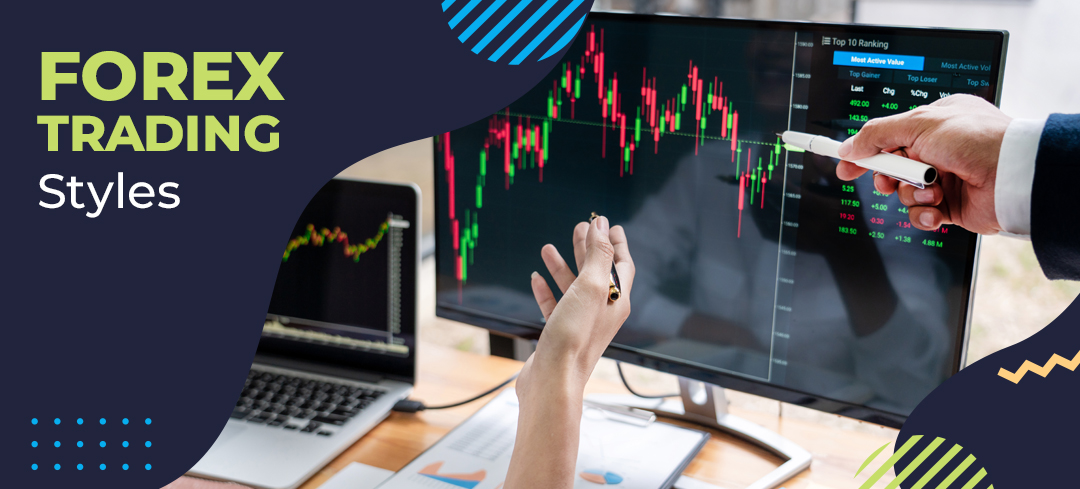From the bustling marketplaces of Amsterdam to the smoky coffeehouses of London, the 18th century witnessed the nascent birth of an intricate financial chess game that would later evolve into the trillion-dollar juggernaut of foreign exchange trading. This era, characterized by mercantilism, empire building, and the rise of global trade, laid the foundation for the sophisticated financial landscapes we inhabit today, including the ubiquitous Forex trading of our time.

Image: www.youtube.com
The term ‘foreign exchange’ captures the essence of this intertwined financial realm. It encompasses the trading of currencies of different nations, a practice that emerged as global trade burgeoned, requiring merchants and governments to convert their domestic currencies into those of the countries they were transacting with. Amidst this burgeoning international commerce, London emerged as the undisputed epicenter of foreign exchange trading, attracting merchants, financiers, and currency speculators from across Europe and beyond.
Within London’s financial hub, coffeehouses such as Jonathan’s and Garraway’s became the vibrant meeting grounds for these ambitious individuals. Over steaming cups of coffee, they exchanged market intelligence, conducted transactions, and orchestrated intricate currency deals that spanned continents. However, this vibrant trading scene, operating in the shadows of regulation, was not without its risks. Currency speculation, a daring game of wits and foresight, carried the potential for both immense profits and catastrophic losses.
As the 18th century progressed, the foreign exchange trading scene in London grew increasingly complex and sophisticated. Merchants, financiers, and speculators developed innovative financial instruments to manage currency risks and enhance profitability. One such innovation was the forward contract, allowing traders to lock in an exchange rate for a future delivery date, mitigating the uncertainties inherent in currency markets. These financial tools laid the groundwork for the sophisticated derivatives markets of today.
18th Century Forex Trading: A Precursor to Modern Times
The 18th century foreign exchange trading practices, while rudimentary when viewed through the lens of modern finance, share striking similarities with contemporary Forex trading. At its core, Forex trading in the 18th century, much like today, revolved around the exchange of currencies to facilitate global trade. Merchants engaged in international commerce needed to convert their domestic currencies into the currencies of their trading partners, creating a burgeoning demand for foreign exchange services.
The vibrant trading scene that emerged in London’s coffeehouses mirrored the bustling trading floors of modern-day Forex trading centers. Traders in both eras relied heavily on information and market intelligence to make informed decisions and execute profitable trades. In the 18th century, merchants and financiers obtained market updates through letters, newspapers, and word-of-mouth; today, traders have access to a constant stream of real-time market data and analysis at their fingertips.
Strikingly, the principles of risk management employed by 18th-century Forex traders bear a remarkable resemblance to those used by contemporary traders. They understood the importance of understanding market dynamics, managing risk exposure, and employing strategies to mitigate potential losses. While the financial instruments and trading platforms have evolved dramatically over time, the fundamental principles of Forex trading remain largely unchanged, a testament to the enduring wisdom of the financial pioneers who shaped this intriguing marketplace.

Image: www.creativebloggingworld.com
18th Century Forex Trading Style
Legacy of the 18th Century Foreign Exchange Market
The foreign exchange market that emerged in the 18th century left an enduring legacy on the global financial landscape. It contributed to the rise of London as a preeminent financial center, a position it maintains to this day. The financial innovations developed during this period, such as forward contracts and hedging strategies, laid the foundation for the sophisticated derivatives markets of our time.
More importantly, the 18th century foreign exchange market fostered a culture of financial innovation and risk-taking that continues to shape the financial world today. The traders of this era, with their daring spirit and ingenuity, paved the way for modern-day Forex traders who navigate the dynamic global currency markets, driving economic growth and facilitating international commerce on an unprecedented scale.
In the tapestry of global finance, the 18th century foreign exchange market occupies a significant chapter, its legacy woven into the very fabric of modern Forex trading. It was a crucible of innovation, a proving ground for financial strategies and risk management techniques, and a precursor to the vast and interconnected financial ecosystem we have today.






